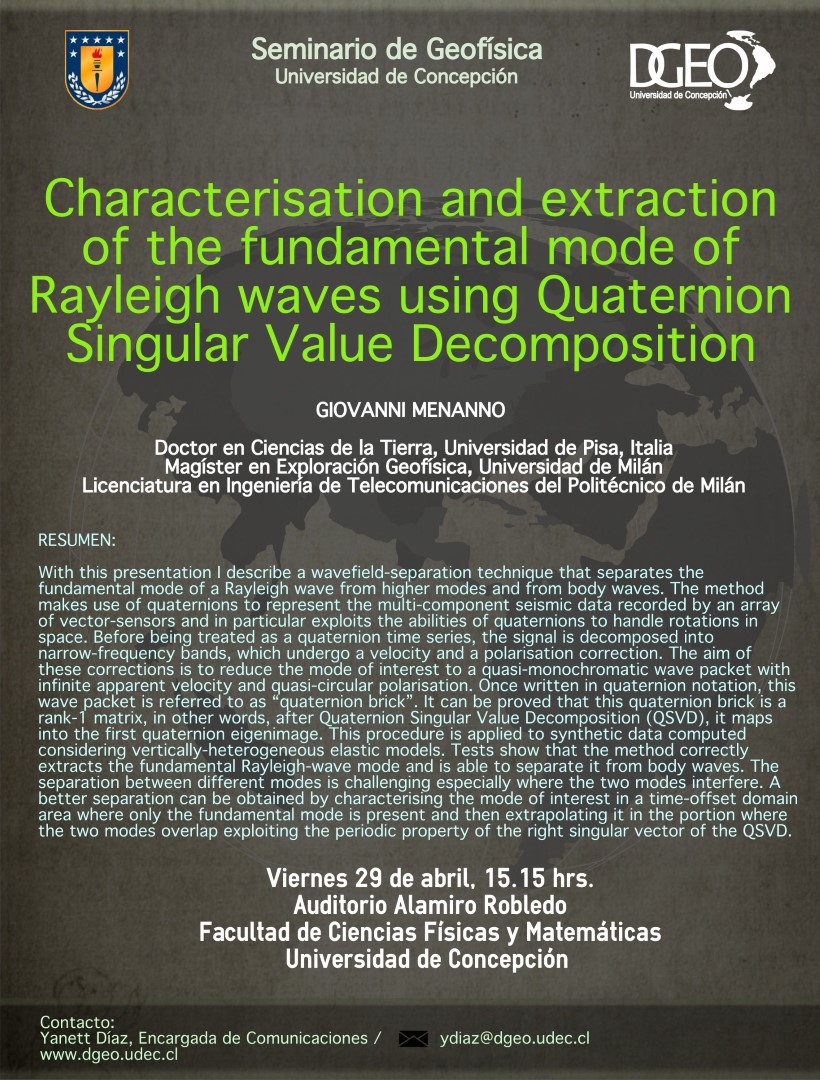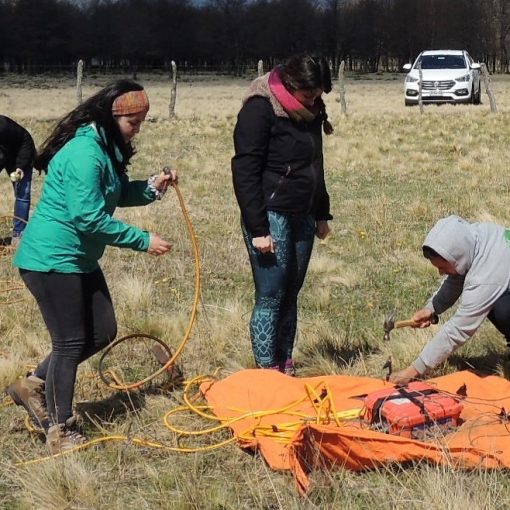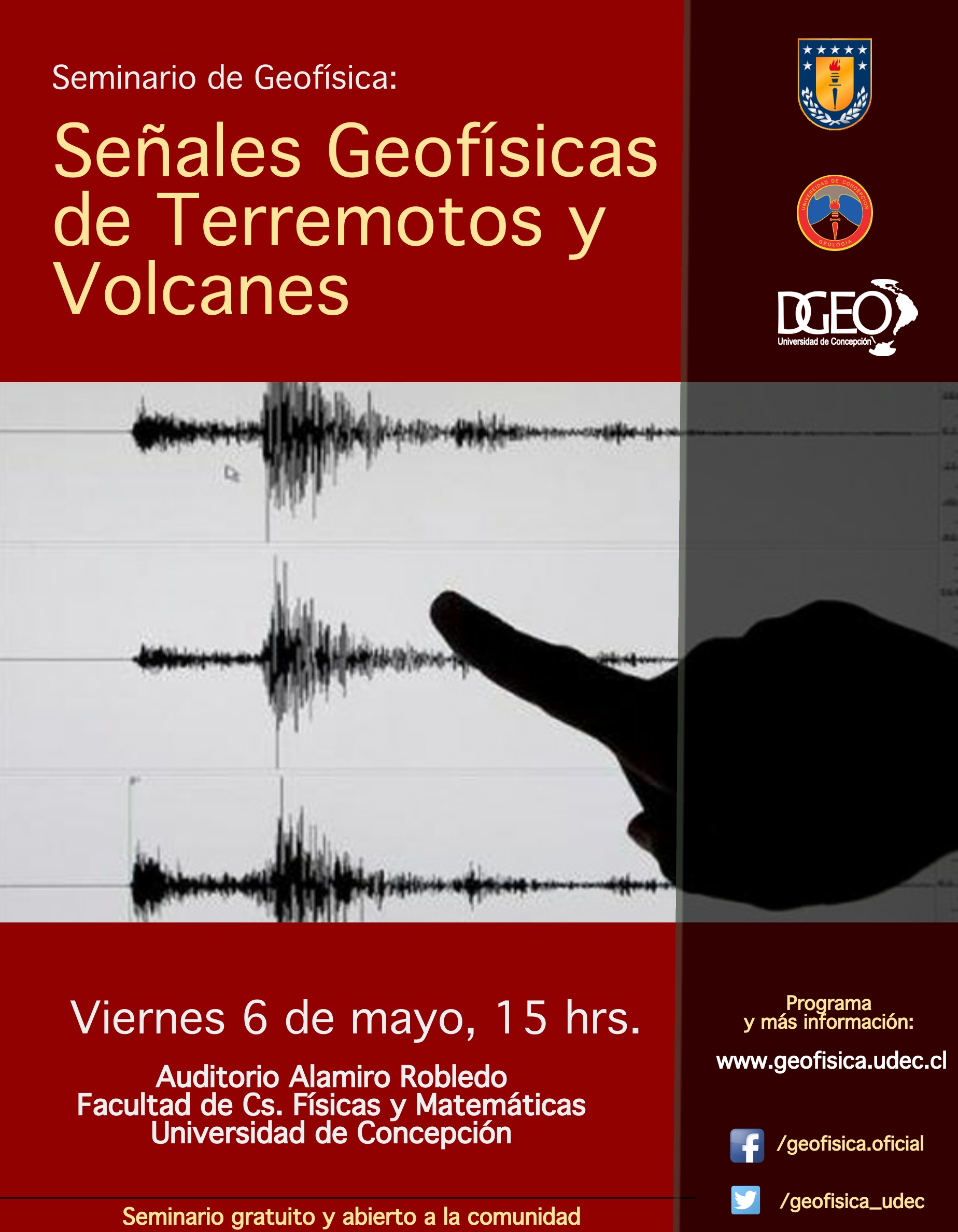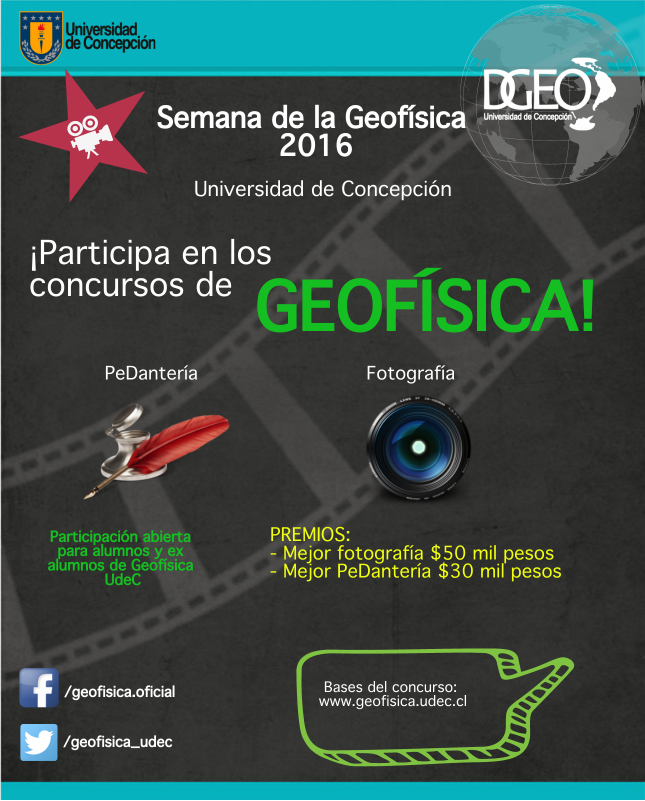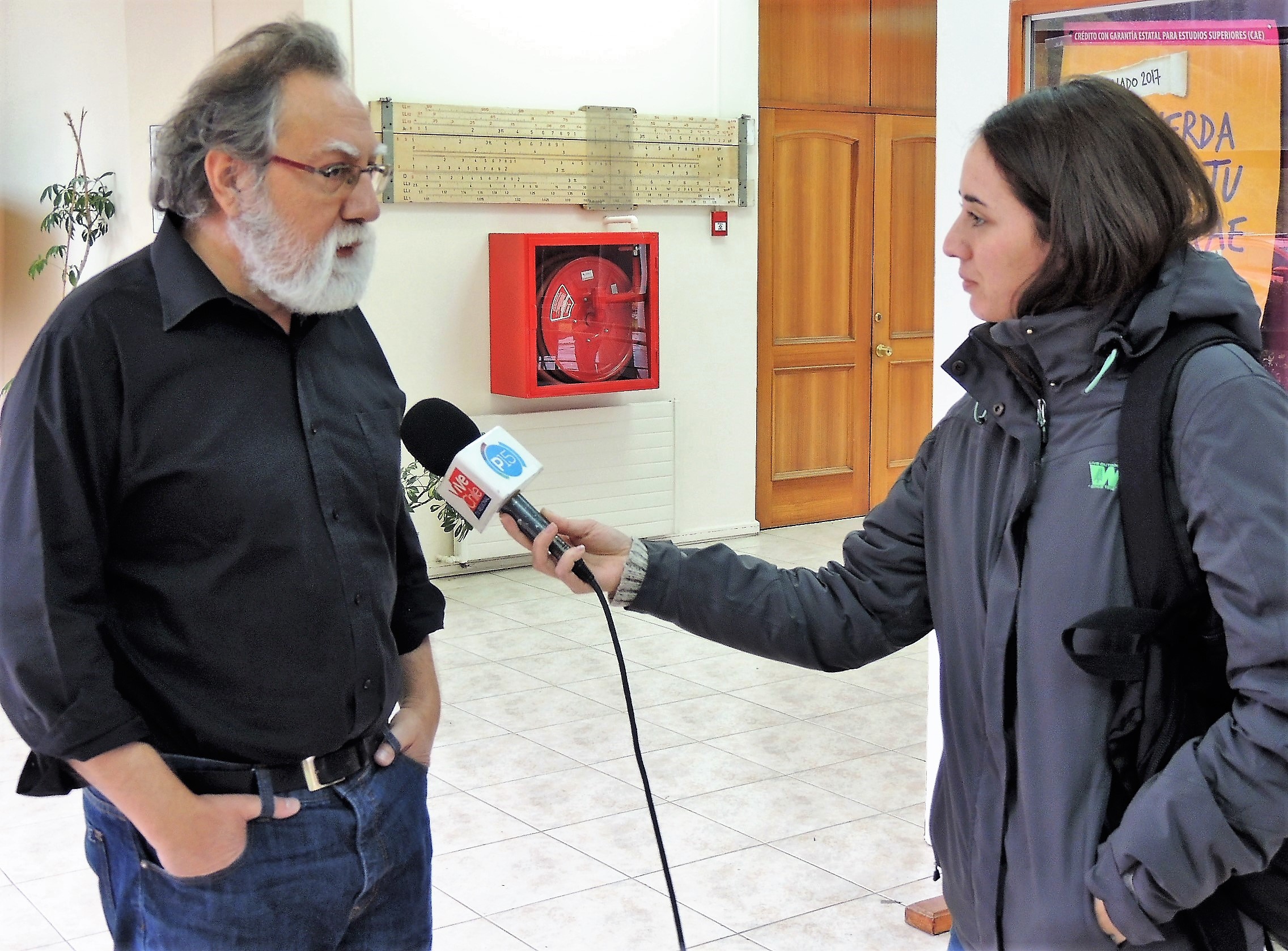El Departamento de Geofísica de la Universidad de Concepción (DGEO), invita a participar de este seminario gratuito, y abierto a toda la comunidad, el cual será dictado por el Doctor Giovanni Mennano, Doctor en Ciencias de la Tierra, Universidad de Pisa, Italia; Magíster en Exploración Geofísica de la Universidad de Milán; Licenciado en Ingeniería de Telecomunicaciones del Politécnico de Milán.
La actividad se llevará a cabo en el Auditorio Alamiro Robledo, de la Facultad de Ciencias Físicas y Matemáticas (primer piso), de la Universidad de Concepción.
Resumen:
With this presentation I describe a wavefield-separation technique that separates the fundamental mode of a Rayleigh wave from higher modes and from body waves. The method makes use of quaternions to represent the multi-component seismic data recorded by an array of vector-sensors and in particular exploits the abilities of quaternions to handle rotations in space. Before being treated as a quaternion time series, the signal is decomposed into narrow-frequency bands, which undergo a velocity and a polarisation correction. The aim of these corrections is to reduce the mode of interest to a quasi-monochromatic wave packet with infinite apparent velocity and quasi-circular polarisation. Once written in quaternion notation, this wave packet is referred to as “quaternion brick”. It can be proved that this quaternion brick is a rank-1 matrix, in other words, after Quaternion Singular Value Decomposition (QSVD), it maps into the first quaternion eigenimage. This procedure is applied to synthetic data computed considering vertically-heterogeneous elastic models. Tests show that the method correctly extracts the fundamental Rayleigh-wave mode and is able to separate it from body waves. The separation between different modes is challenging especially where the two modes interfere. A better separation can be obtained by characterising the mode of interest in a time-offset domain area where only the fundamental mode is present and then extrapolating it in the portion where the two modes overlap exploiting the periodic property of the right singular vector of the QSVD.
